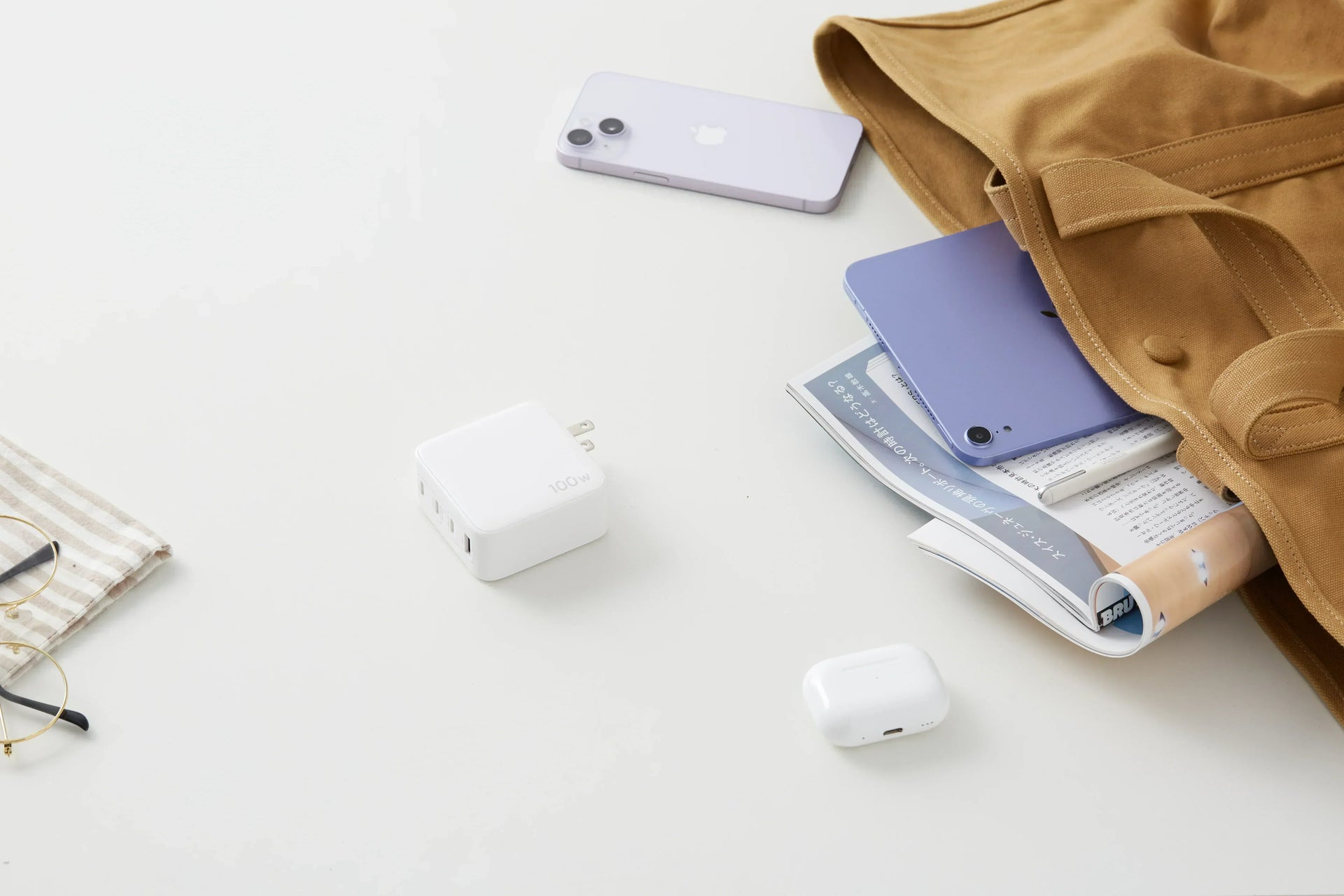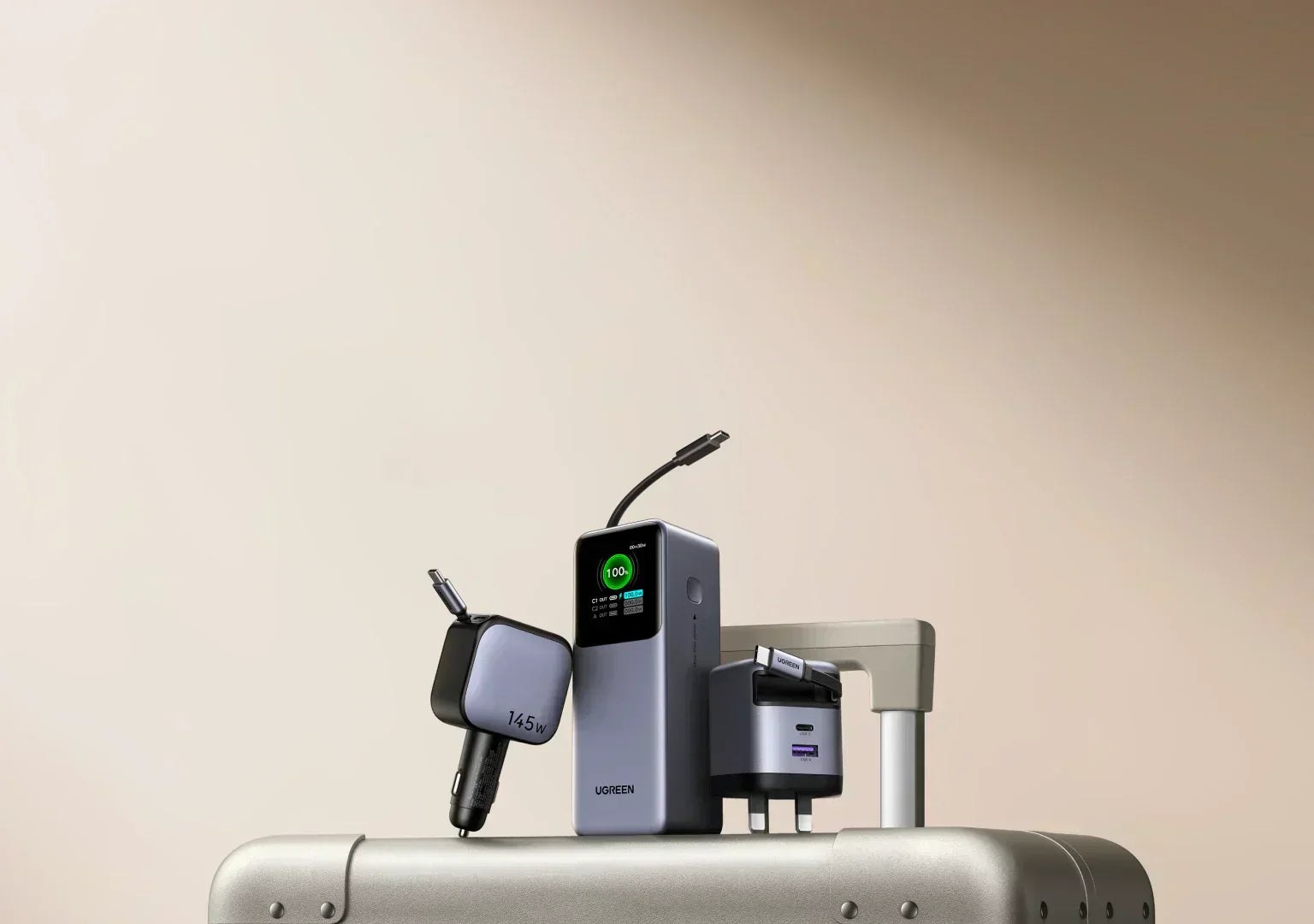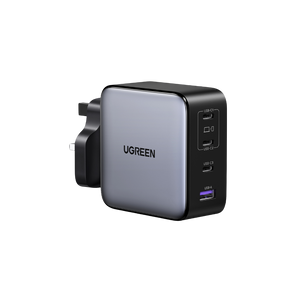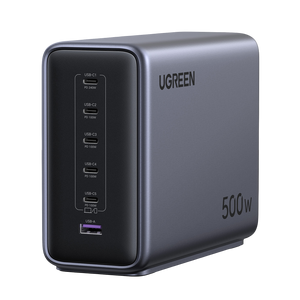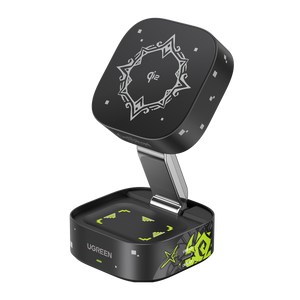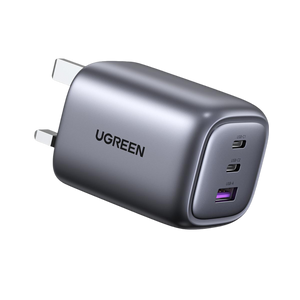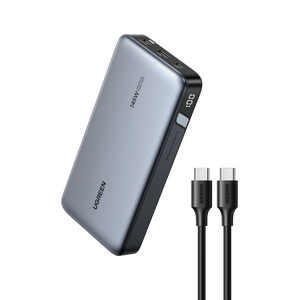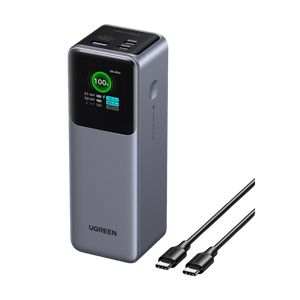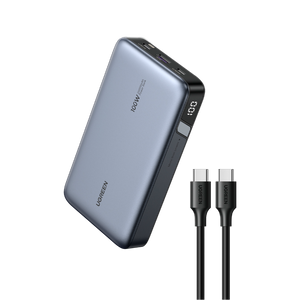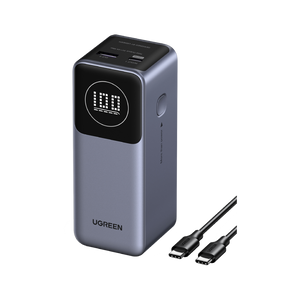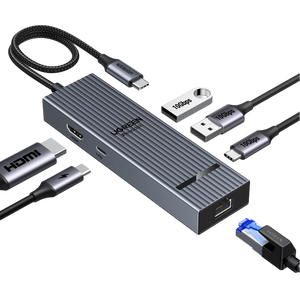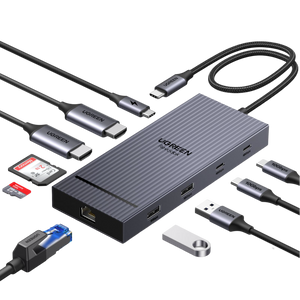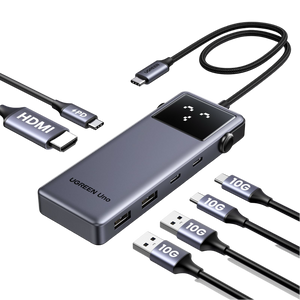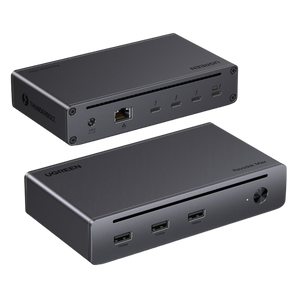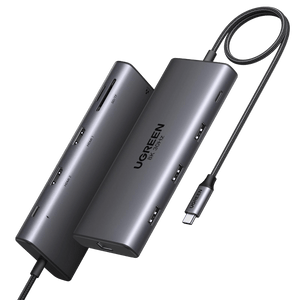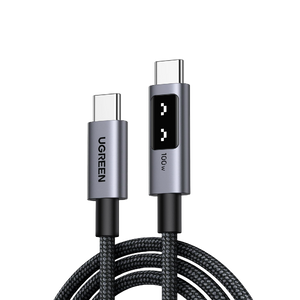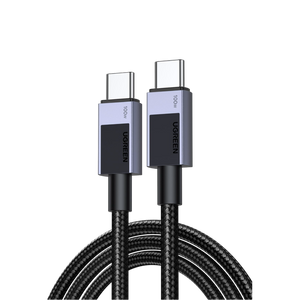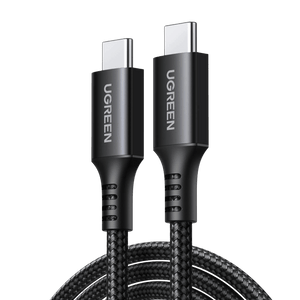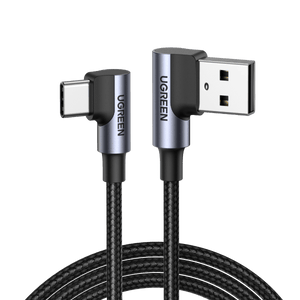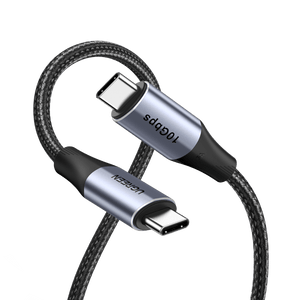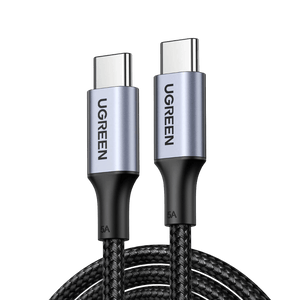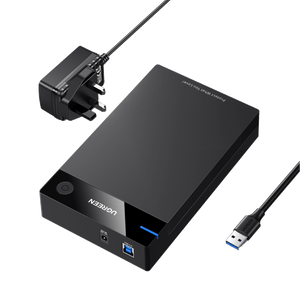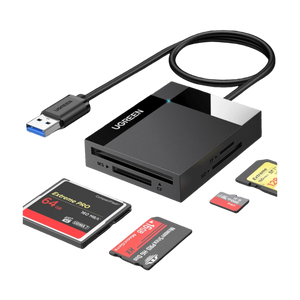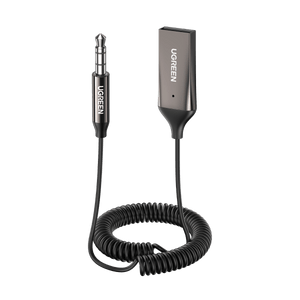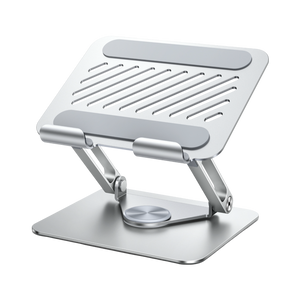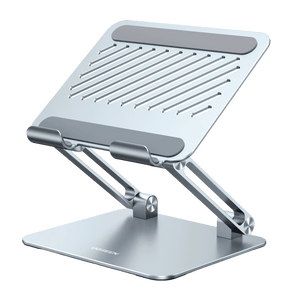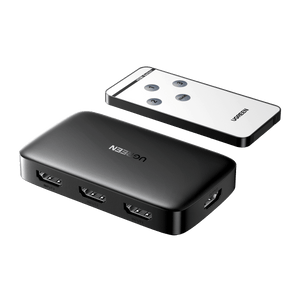Do Power Banks Drain When Not in Use? Causes & Fixes
“If I don’t use the power bank for a while, does the battery run out anyway?”
— User from Reddit
This is a common question that many of us have wondered about at some point. The short answer is yes, whether it’s sitting in your desk drawer or tucked away in your carry-on, a power bank will drain over time. This phenomenon is called self-discharge. This process is a normal rechargeable battery behaviour and not a sign of any damage.
In this article, we will explain why this happens. We will also explore what is considered normal and also provide simple steps to ensure your power bank is ready for use when you need it.

Why Your Power Bank Drains Charge When Not in Use
We’ve all been there: you pull out your high-capacity power bank after a few weeks, and, oh, it has lost some percentage points in capacity. Why this happens is because of the way such batteries are made.
1. The Self-Discharge Nature of Lithium Batteries
Lithium-ion or lithium-polymer cells, which are used in most of today’s power banks, are valued for their lightweight, high-energy density, and reliability. However, all lithium batteries naturally self-discharge, regardless of the company that produced them. Self-discharge is the gradual loss of power due to internal chemical reactions within the cell. These reactions happen even when the battery is not in use.
Self-discharge doesn’t mean your battery is defective; it’s a normal aspect of battery electrochemistry. Generally, a good lithium battery will self-discharge between 2–5 % per month. High-quality models from major companies fall somewhere on the lower end of that scale. While cheaper model battery cells degrade more quickly.
You can think of a power bank as a water tank that has a small leak. The water (charge) will drain away eventually, whether you use it or not. That is why even the most well-maintained power bank will never remain at 100 % charge indefinitely.
2. Standby Power Consumption due to Internal Circuitry
All power banks contain more than just a battery; they also include control chips, voltage regulators, shut-off safety circuits, and LED battery life indicators. Although their energy consumption is minimal, these circuits are constantly consuming a little bit of energy, even when idle.
3. Environmental Factors
While battery condition is essential, where and how you store your power bank is equally important. Heat speeds up the chemical reactions within lithium cells, which drop their charge faster. On the other end of the temperature scale, extremely cold temperatures don’t immediately result in faster discharge. However, they can permanently damage a battery’s ability to retain charge. Repeated, prolonged exposure to cold temperatures can even permanently ruin the internal structure of the cell.
Humidity is another factor to consider. Water is capable of corroding circuit boards (PCBs) inside the casing, potentially leading to current leakage or, in the worst-case scenario, short circuits.
Let’s say you have a 10,000 mAh power bank that has been kept at room temperature for three months. In practical terms, a well-maintained power bank stored at room temperature can lose between 6% and 15% capacity over a period of three months. That is to say a 10,000 mAh device could have approximately 8,500 mAh or more under optimal conditions.
However, if the battery is of poorer quality or has been stored in poor conditions, the capacity loss will be greater. Over time, these storage effects build up, so an older bank will appear to “die” earlier between uses.
How Much Power Loss Is Normal When a Power Bank Is Not in Use
Even if a power bank is never touched, a small amount of charge will slowly discharge over time. This happens because lithium-based batteries have a self-discharge characteristic. For lithium-ion batteries, which are commonly found in higher-quality power banks, the typical rate of self-discharge is about 2–3% per month. This applies under normal storage conditions. Lithium-polymer batteries, being lighter and more flexible, tend to lose slightly more charge, around 5% per month. Factors such as battery quality, storage temperature, and age can all influence these estimates.
However, if your power bank drains unusually, it could indicate cell degradation or an internal fault. It could be due to low-cost internal components or excessive standby drain from control circuitry.
Comparison Table: Normal vs Abnormal Power Loss in Idle Power Banks
| Normal Behavior | May Be a Problem | |
|---|---|---|
| Battery drops over time | Loses about 2%–5% per month, around 10–15% in 3 months | Loses 10% or more in just a few days, or completely drains overnight |
| Powering on after storage | Still turns on normally even after weeks or months | Won’t turn on or charge even after just a few days of not using it |
| Heating when unused | Stays cool during storage | Feels warm at the back or near the USB port, even when not used |
| USB port status | No power comes out when nothing is connected | Port still has power even when nothing is plugged in (may be a sign of malfunction) |
| Battery light or screen | Light or screen stays off when stored | Light or screen stays on all the time, even without use |
| Battery after recharging | Charges quickly and holds power well | Charges slowly, or drains again soon after charging |
| What could be causing it | Natural battery drain and tiny standby power use | Internal issue like faulty chip, cheap battery, or circuit problem |
How Long Do Power Banks Last When Not Used?
The shelf life of a power bank depends on two key factors: will it still power on when you need it, and how much battery life it will have left after years or months on the shelf.
Functional Level (Will it still work?)
A good power bank can typically hold its charge for three to six months with minimal loss, provided it’s stored properly. The main problem arises when a power bank is left drained for an extended period. In this case, it may enter deep-discharge protection mode, making it appear dead. This safety feature prevents the voltage from dropping so low that the cells are ruined.
To keep your power bank in working condition, it is advisable to recharge your power bank every two to three months. This practice maintains an optimal charge level, which keeps the internal circuits active and ready to go when needed.
Battery Health Level (Does it age?)
Even when unused, lithium-ion and lithium-polymer cells gradually drain capacity due to calendar aging. This is a natural chemical reaction that occurs regardless of charging cycles. Under ideal storage conditions and a charge level of 60%-80%, most lithium power banks hold the majority of their capacity for several years. However, they may still lose about 20% over a three to five year period.
To keep a power bank healthy and functional, store it correctly and charge it periodically. Good storage prevents early battery wear. While maintenance charging ensures that your backup power source remains operational when you really need it.

How to Reduce Power Bank Standby Battery Drain
1. Store in the Optimal Charge Level (50%–80%)
Lithium batteries perform best when kept at a moderate charge level. Keeping a power bank at 100% for long periods puts the cells under stress. While letting it drain completely to zero can cause deep discharge damage. Always store your battery at three-quarters of its charge and recharge it when it gets to halfway. This “Goldilocks zone” balances the battery’s chemistry and helps minimise capacity loss.
2. Avoid Heat Exposure
Heat can damage batteries. Elevated temperatures accelerate Internal chemical reactions, which increases the self-discharge rate. Never store a power bank in hot environments. For long-term storage, choose a cool, dry location.
3. Charge and Discharge Every 2–3 Months
Batteries like to be active. If you’re not going to be using your power bank for a really long time, charge it up completely. Also, use some of the energy stored, and then store it at around 60–70%. This practice keeps the internal chemistry balanced and prevents a dip in performance.
4. Choose Quality from the Start
High-quality power banks use premium battery cells and well-designed circuitry, which helps minimize standby power consumption. Opt for reputable brands with robust safety features and proven performance. For example, UGREEN power banks typically include multiple safety protections such as overcharge, overdischarge, short-circuit, overcurrent, overvoltage, and temperature protection. They can also intelligently recognize connected devices and automatically adjust charging power, ensuring that even high-capacity power banks remain safe and reliable during fast charging.
FAQ about Power Bank Battery Drain
How long can I leave my power bank unused before recharging it?
Discharge is common when you don’t use your power bank for an extended period. To avoid over-discharge, top it up every 2–3 months. If you are going to store it, keep the charge level between 50% and 80%, rather than fully charged or completely drained. This practice prevents chemical stress and keeps it ready to be used when you need it.
Do you need to drain the battery of your power bank or phone before charging it?
No. Modern lithium-ion and lithium-polymer cells don't suffer from a "memory effect." In fact, deeply discharging below 0% to 5% can hurt the cells and shorten their lifespan. It’s better to charge your power bank when the battery level drops. Topping up repeatedly in small increments is much more beneficial than allowing it to run out completely.
Why is my power bank draining quickly even when idle?
There's always some standby drain. However, if your power bank loses 10% of its charge within one or two days after being fully charged, there may be an issue. Possible causes could include an internal circuit malfunction or exhausted battery cells. Cheaper models are more prone to these malfunctions.
Does a power bank drain more quickly in cold temperatures?
Yes, cold temperatures slow down chemical reactions inside the battery, making it seem like its power has diminished. When it comes back to room temperature, part of that perceived loss may be recovered. However, long-term exposure to freezing conditions can result in permanent capacity loss. For optimal performance, store and use your power bank in moderate temperature conditions.

